Are you a Quiet Speculation member?
If not, now is a perfect time to join up! Our powerful tools, breaking-news analysis, and exclusive Discord channel will make sure you stay up to date and ahead of the curve.
Welcome back, readers! I got a lot of positive feedback on this series so I look to continue it this week. Last week we discussed risk. This week we'll discuss value.
"Price is what you pay. Value is what you get."
-Warren Buffet
Not surprisingly, Mr. Buffet also has a great quote for the term "value." Unfortunately in the Magic: The Gathering finance realm (and, let's be honest, competitive Magic in general) this term gets thrown around a lot, so much that it seems to have lost its meaning. Well today my goal is to help you regain (or gain for the first time) what the true meaning of value is.
I especially love the quote from Mr. Buffet above because a lot of people confuse price and value and he found a way to succinctly remind everyone that there is a difference. But before we dig into that we need to define value and look at the different types.
Value (noun): a fair return or equivalent in goods, services, or money for something exchanged.
Types of Value
There are quite a lot of websites discussing the types of values, but for our purposes we need to define the types clearly and unequivocally.
- Market Value - The market value is defined as the value that the market is willing to pay for a good or service. For example, a typical loaf of bread can be purchased (in the US) for around $2. This is pretty common no matter which grocery store you go to or in what city or state you're in. The consumer market has decided they are willing to pay $2 for the loaf of bread.
- Emotional Value - This is value that an individual assigns to a specific good or service because of a "special" feeling of attachment to it. One may see this in trading when one trader points to a card they want and the other starts to talk about how they won their very first tournament with it. One party has now assigned an additional value beyond "market value" to the item because of the memory associated with it. However, emotional value is usually only on one side of any exchange (the side that already has the good). It's typically irrelevant to the receiving party because they don't have that special feeling of attachment and it is unlikely to transfer from one party to the other.
- Relative Value - This is a value assigned to a good or service in relation to another (or many other) goods or services. This is often tied heavily to the Market Value, but not always. For example, the relative value of a hot new Standard card right before deck registration at a major event often exceeds the actual market value (though one could argue that it matches the local market value because that's the price by definition). The point is that the relative value of this card is the market value plus the time value (which we will go over next).
- Time Value - This is value associated with a good or service with a time factor associated with it. For example, the value of milk decreases as you get closer to the expiration date, which is why you tend to see grocery stores mark down the milk that's going to expire in the near future. Another example (as mentioned above) is when a player needs some hot new Standard card right before they have to turn in their decklist at a major event they'll often overpay in cash or trade to get that item as long as they get it right now.
- Intrinsic Value - This is the value associated with the actual values of the parts that make up the good (or service). For instance, every Magic: The Gathering pack has at least one rare in it (unless you're insanely unlucky) and bulk commons/uncommons can commonly be sold for $3/1000 to almost any decent store. That means that every pack of Magic cards is worth at least the sum of these values, which comes to about $0.142 (the bulk value for a rare + (14/1000) * $3). Now you could also look at the intrinsic value as the value of the raw materials used to make the cards, but that's likely much lower and I don't know the pricing for that type of cardboard, ink, etc.
Price vs. Value
The price of a good (or service) is typically based on the culmination of all its values. Thus the equation is something like Price = Market Value + Emotional Value + Relative Value + Time Value + Intrinsic Value. Looking at this equation you'll notice a few things...the price is only equal to the market value when all the other potential values are $0, which is the case in many situations.
Another important thing to consider is that some values can be negative, which can drive the price of a good down. For example, say a plain black t-shirt costs $5:
If you add a cool Punisher logo, that same t-shirt now costs $15. You have added additional value to the shirt (most likely relative value because let's be honest, who doesn't want this shirt now?)
Conversely, if you instead add a Nickelback logo, that t-shirt now costs $3 as far more people would prefer the plain black t-shirt than wearing one that promotes these guys. This is an example of negative relative value.
In the end, all three shirts will provide the owner something to cover their upper torso with, all three likely have the same actual intrinsic value (or what it cost to make them), but the relative values are zero, positive, or negative depending on the shirt.
Future Value
While I gave a quick definition of all the value's listed above, I didn't mention "future value." The reason for this is that future value is very amorphous, in that it often doesn't dictate a specific time frame (unlike the fact that we know milk expires by a certain date). Future value is difficult, if not impossible, to accurately calculate ahead of time.
The future value is actually a type of relative value. While normal relative value compares the current value of one good/service with another at this moment in time, the future value looks at what that good/service will be worth compared to another in the future.
For a good Magic example, let's look at Languish.
Some of our Insiders thought that Languish's ceiling was $5 and that it would never go higher. Others thought it was a great four-mana sweeper similar to the ones WoTC said they weren't going to print again.
When Origins first released, Languish was one of several sweeper options available to Standard players. We had End Hostilities and Crux of Fate already and Crux proved to be an often one-sided sweeper in the deck that played it most (Esper Dragons). At the time Siege Rhino reigned supreme and the fact that Languish couldn't handle Siege Rhino pushed it down to the $2.5-$2.75 range as Standard players relied on the five-mana wraths that could take care of everything.
Thus, the relative value of Languish when players had access to more powerful wraths was low, which was reflected in its price.
However, we all knew when rotation would hit. We knew Siege Rhino would finally move out of Standard trade binders (and into Modern ones) and we knew we'd lose both End Hostilities and Crux of Fate. Sure we still have Planar Outburst, but then they spoiled Archangel Avacyn and the ability to get around mass indestructibility became very relevant.
Avacyn herself was spoiled on March 5th, yet Languish remained under $3 until April 11th. Shadows over Innistrad was officially released April 8th. Savvy speculators had over a month to pick up copies of Languish cheaply (regrettably I only got about six over this time period), knowing full well that its value was likely to go up. The writing was on the wall.
Now the reason I did pick up my extra six copies was because I knew that while this card's relative value was currently low, the future value was much higher because of its unique positioning against Avacyn. (Another card in this vein is Descend upon the Sinful, a target I currently like for the future.)
Conclusion
The point of this piece was to provide a stronger understanding of the different types of value, so when you talk about the "value" you got, you can at least be more accurate. I also wanted to consider how value affects price, and more importantly, how to look at relative value from both a present and future perspective.
Assigning relative value especially is not an easy task, and in something like Magic where demand changes daily it may not be 100% possible. Luckily for Insiders, the forums are a treasure trove of information about others' opinions on cards---and constitute one of the true intrinsic values of a QS subscription (remember they apply to both goods and services).


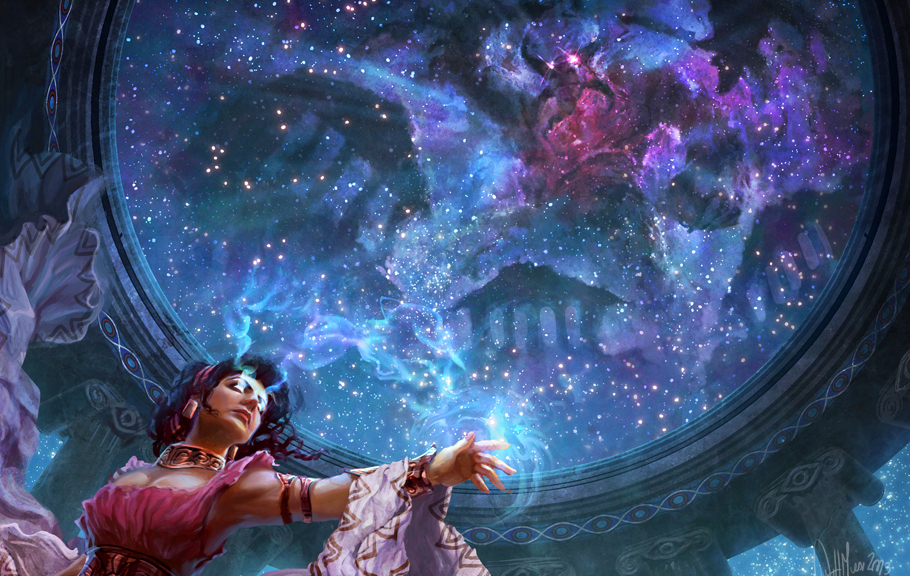
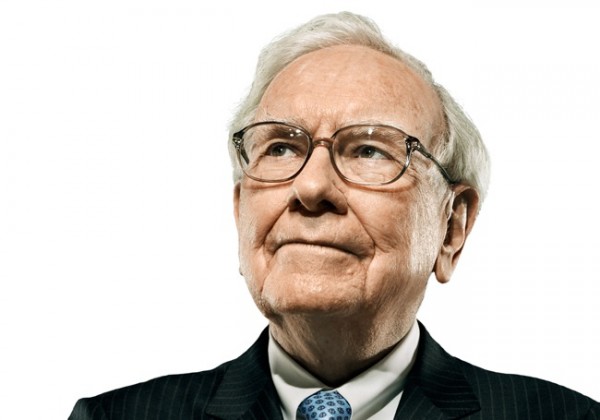
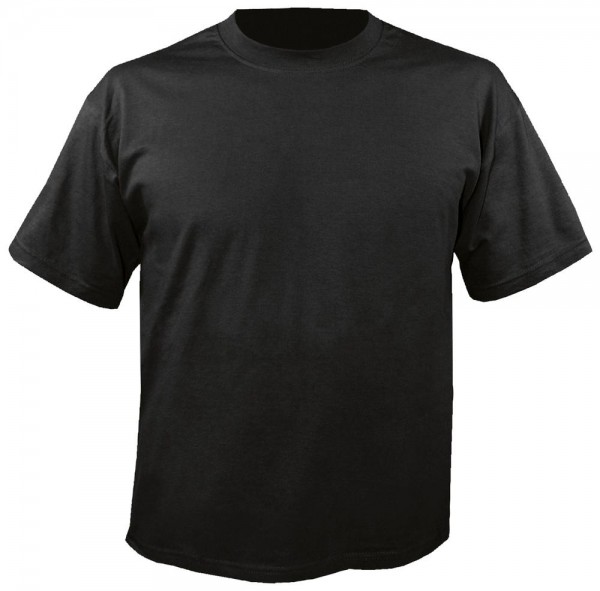
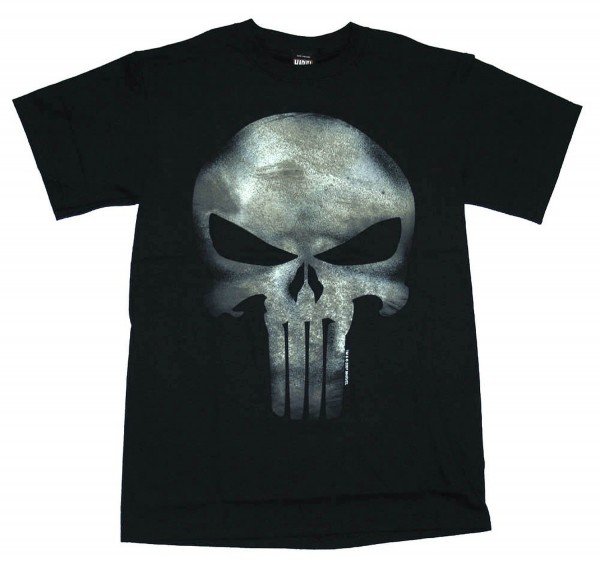
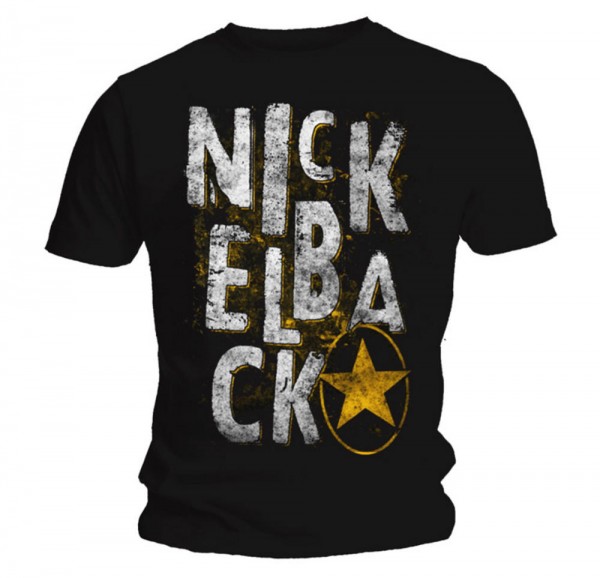



Nice article and I liked the line about nickelback lol.
Thanks. I appreciate the feedback.